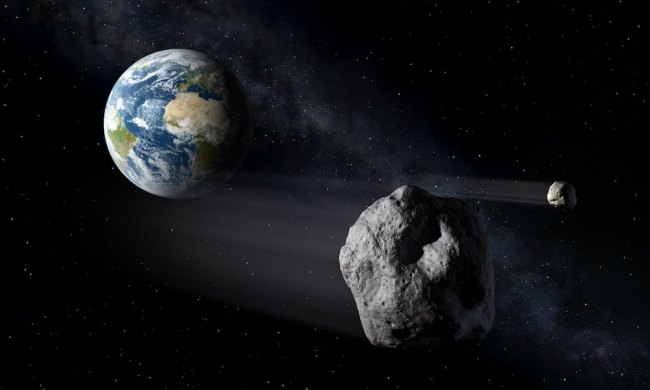
While working on a project called the Legacy Surveys, Dustin Lang, an astronomer and research associate at the University of Toronto, created an interactive online map that stitched together visible light images of deep space to reveal the network of galaxies well beyond the Milky Way. Lang added data captured by NASA’s Wide-field Infrared Survey Explorer (WISE) space telescope to give his map an extra dimension.
“The WISE images are really useful for understanding some of the galaxies and quasars we are interested in, so I added the WISE images to that interactive viewer,” Lang told Digital Trends. “I tweeted out that image because I was happy with how nicely it came out.” Within the scientific Twitter community, it’s not uncommon for disgruntled scientists to tweet out their frustrations while ecstatic ones share their successes, Lang said. “It’s a nice way to have a finger on the pulse of what my colleagues and friends are working on, and sometimes collaborations like this one pop up!”
“I mostly work on studying the web of galaxies far outside the Milky Way, so using the WISE maps for understanding our own galaxy wasn’t on my radar at all,” he added.
Enter postdoctoral researcher Melissa Ness of the Max Planck Institute for Astronomy in Heidelberg, Germany. While scrolling through Twitter, Ness noticed something familiar. In the middle of Lang’s image was a conspicuous X-shaped structure — one that computer models had suggested would exist in the Milky Way, but had never been seen. Ness contacted Lang and the two soon met up at a conference. They published a paper on their discovery in The Astronomical Journal last month.
The moral of this story is closer to home than the galactic bulge, thinks Lang. “Melissa and I are both advocates for public release of scientific data, and open science more generally,” he said. “Most of our projects are conducted out in the open, often with code and manuscripts in public GitHub repositories, and we often tweet about what we’re working on.”
This open approach and communication enabled the astronomers to collaborate, link up, and share knowledge. Lang’s high-quality WISE image borrowed data from a high-resolution WISE public release. Ness noticed the X-shaped bulge in Lang’s Twitter image. Without these scientists’ willingness to share and engage with others in their community, we may still wonder whether or not the Milky Way was just happy that we’re here.


